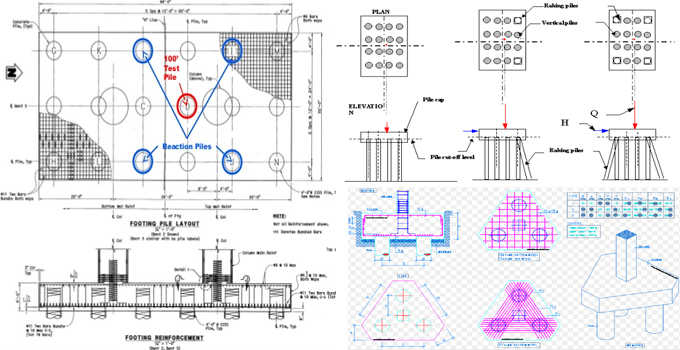
How to perform load tests on piles
In the field of geotechnical engineering, piles are considered as one of the most conventional equipments till date. Piles can be organized in various methods so that they can sustain load enforced on them. In order to carry vertical loads along with lateral loads; the vertical piles are designed in such a way. In some cases, vertical piles and ranking piles are amalgamated together to make itself capable to support both horizontal and vertical forces.
Frequently, if a pile group is subordinated to vertical force, in that case the calculation slightly changes the lane, as a result the calculation of load distribution on single pile that is member of the group is supposed to be the entire load divided by the number of piles in the group. On the contrary, if a group of piles is subjected to lateral load or amalgamation of vertical and lateral load which results moment force on the group which must be taken into consideration while the calculation of load distribution is performed.
Placement of piles: Customarily, piles foundations contain pile cap and a group of piles. The pile cap allocates the applied load to the singular piles which successively transmit the load to the bearing ground. The singular piles are spaced and attached to the pile cap or fasten beams and trimmed in sequence to connect the pile to the structure at cut-off level, and counting on the type of structure and eccentricity of the load, they can be organized in various patterns.
The detailed illustration below clearly demonstrates the three basic formations of pile groups.
a) Pile group contain only vertical piles
b) Pile group contain both vertical and Raking Piles
c) Methodically organized vertical and raking piles
Q = Vertically applied load
H = Horizontally applied load


